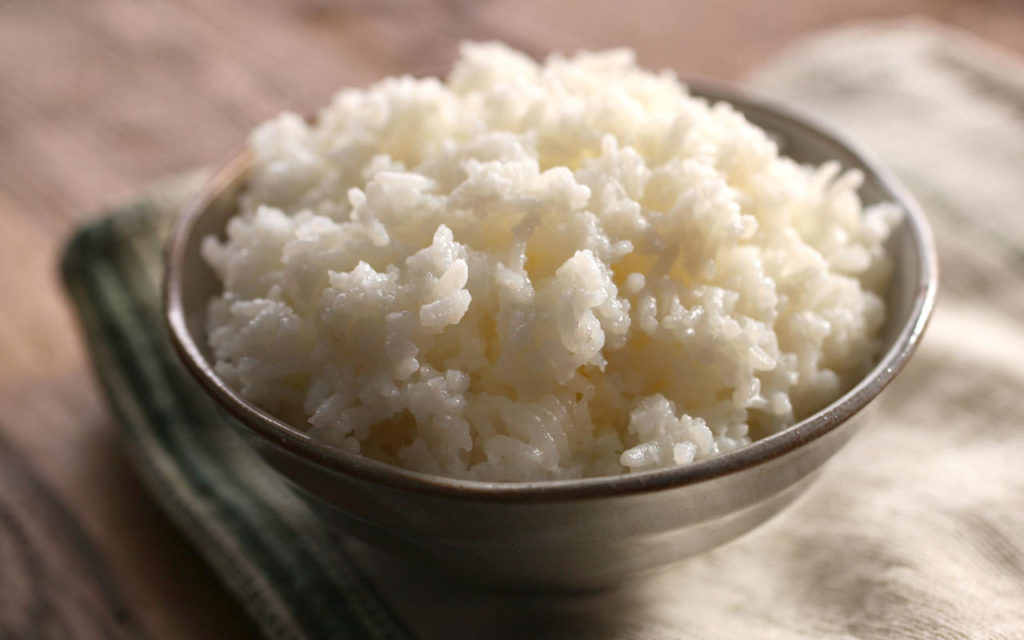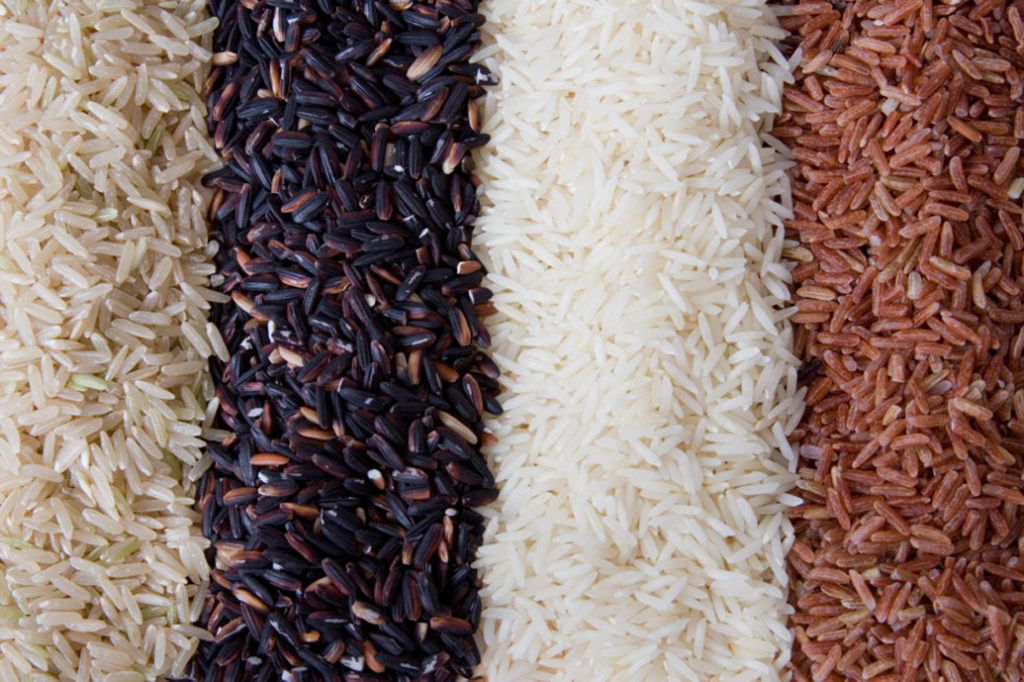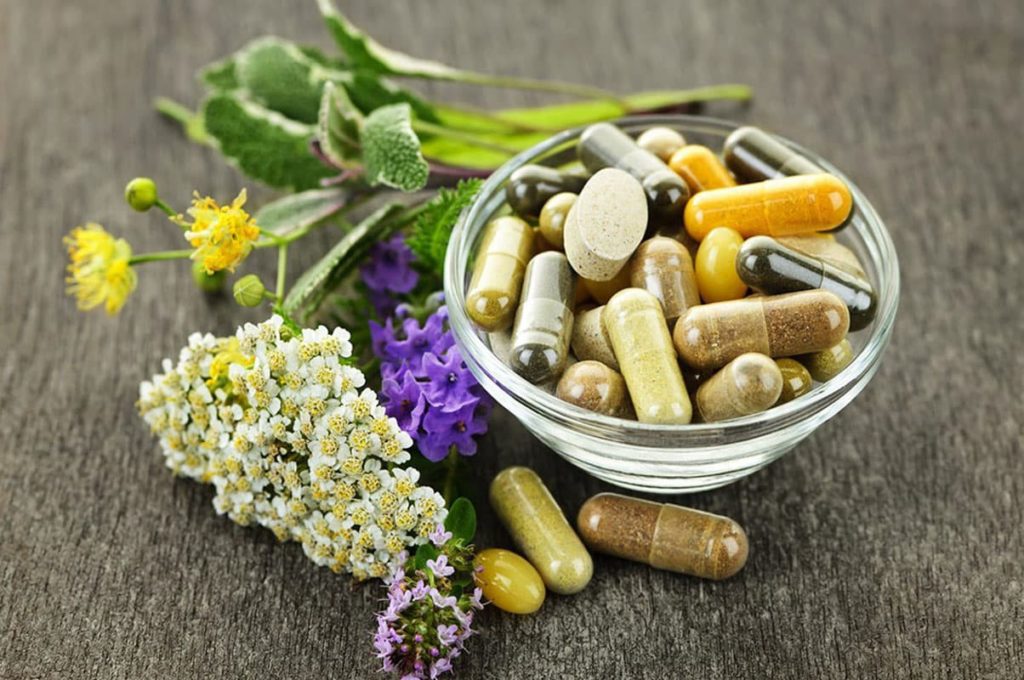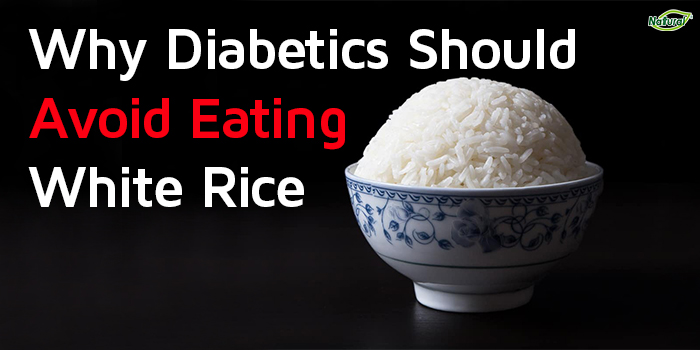Eating white rice is worse than drinking soda.
Yes, you’re reading that right. One cup of rice is equivalent to two cans of soda, in terms of carbohydrates that ultimately become sugar in your bloodstream. This also explains why Asians are at higher risk of having type 2 diabetes than Europeans: Generally, rice is synonymous with meals among Asians.
Like other high-glycemic foods such as cereals, grains, and starchy vegetables, rice should generally be avoided by diabetics or even those that are still on the prediabetes phase. High-glycemic foods are the ones that can raise your body’s blood sugar level quickly. This means that the sugar in those foods get absorbed into the bloodstream quickly, making the pancreas work harder in producing insulin.
If the pancreas is often harried into producing insulin, this will make it less efficient and the bloodstream will just continue absorbing the sugar. Leftover sugar in the blood can damage your kidneys and other vital organs – thereby producing a condition that is also known as diabetes.
Sugar content of white rice

The most common type of rice, and arguably the cheapest, is the short-grain white rice variety. This is also the one with the highest glycemic index – at 98 (compared to soda at 63).
A glycemic index of 70 or more is considered high while those that have 55 or less is considered low and thereby mostly recommended. Belonging in the 55 and below category is basmati rice at 55 and assorted fruits such as strawberries and oranges.
Also, Asians generally consume rice three times a day, at breakfast, lunch, and at dinner. Some cultures even incorporate it into their afternoon meals or even desserts (rice cakes). This is in contrast to Westerners just consuming rice at 5 times a week at most. Furthermore, at almost 90% carbohydrates, there is very little other nutrients in refined white rice. Most of the nutrients that a single grain contains are destroyed during the milling process.
What can you do?

If it can be helped, diabetics should refrain from eating refined white rice. If you’re diabetic yourself, you should consider other alternatives, low in carbs and high in nutrients.
 We already mentioned basmati rice – this rice is virtually fat-free, rich in fiber, and has good reserves of iron, folate, and the B-vitamins (thiamine and niacin). There’s also the colored rice variety: brown, red, purple, and even black. These rice varieties are most probably nutrient-enriched and contain way lower carbohydrates compared to refined white rice.
We already mentioned basmati rice – this rice is virtually fat-free, rich in fiber, and has good reserves of iron, folate, and the B-vitamins (thiamine and niacin). There’s also the colored rice variety: brown, red, purple, and even black. These rice varieties are most probably nutrient-enriched and contain way lower carbohydrates compared to refined white rice.
You can also replace as little as 20% of your white rice intake with colored rice. This can lower your risk of diabetes by as much as 16%, according to the Singapore Health Promotion Board. Also, a 15-minute walk every day, one that generates as much as 2000 steps, can lower your risk of death from diabetic complications by 4%.
Supplement your diet

Other than limiting your rice intake, you should also look into supplementing your diet with, well, herbal supplements for diabetes. These supplements contain extracts from superfoods such as the Bitter Gourd (with medically proven blood sugar support properties), wonder herbs such as the anti-hypertensive Lagerstroemia Speciosa (called Banaba in the Philippines), and the medicinal spice Turmeric (which also contains blood sugar support properties).
Amapalaya Plus is one such supplement. Already a household name in the Philippines due to its stellar reputation and more than 15 years availability in the market, Ampalaya Plus is also registered with the United States Food and Drug Administration (FDA).
This herbal supplement for diabetes is also manufactured in a facility that has both International Standardization Organization (ISO) and Current Good Manufacturing Practice (CGMP) certifications.



